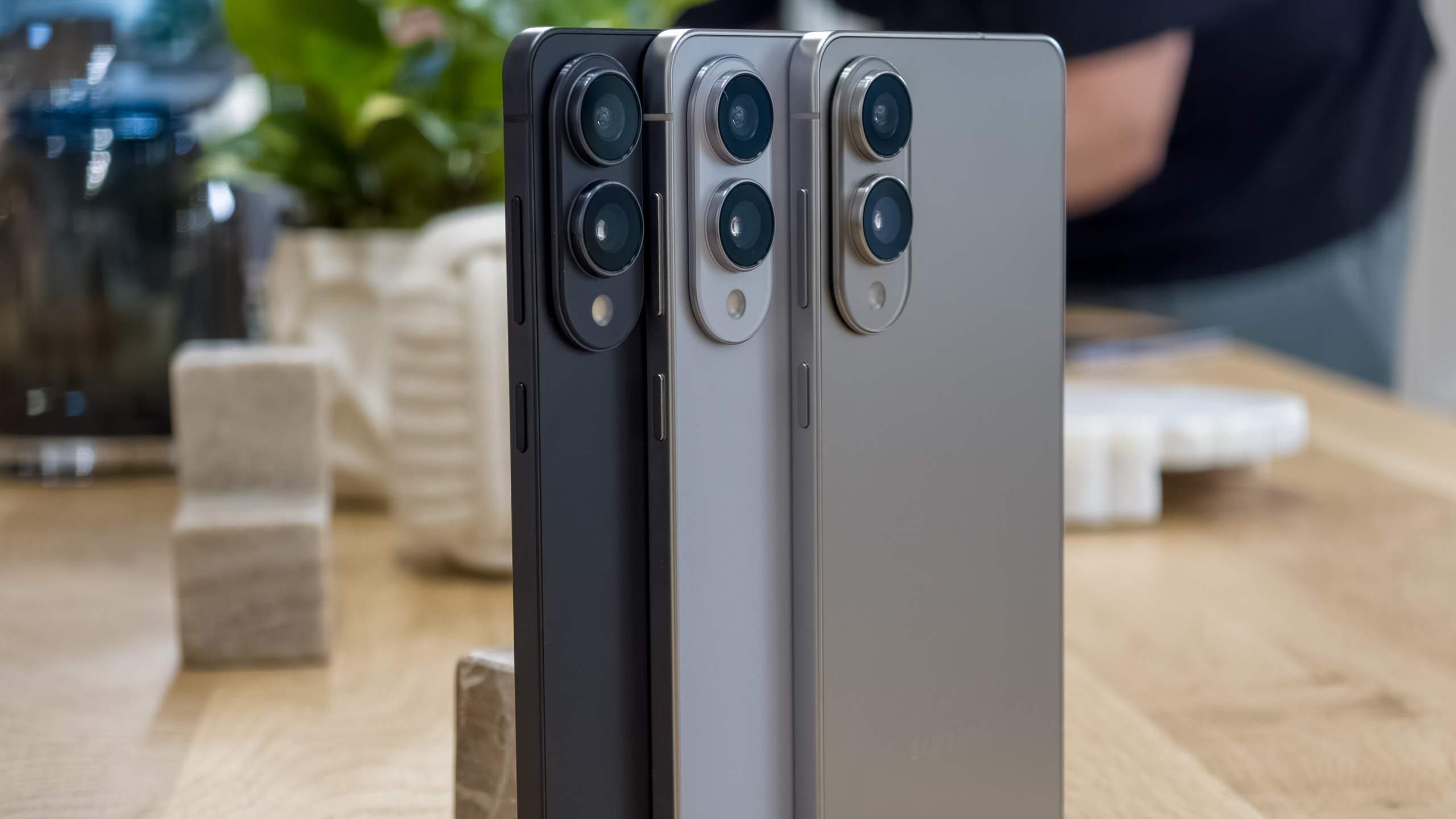Ring Video Doorbell 3 vs. Ring Video Doorbell (2nd Gen): Which should you buy?
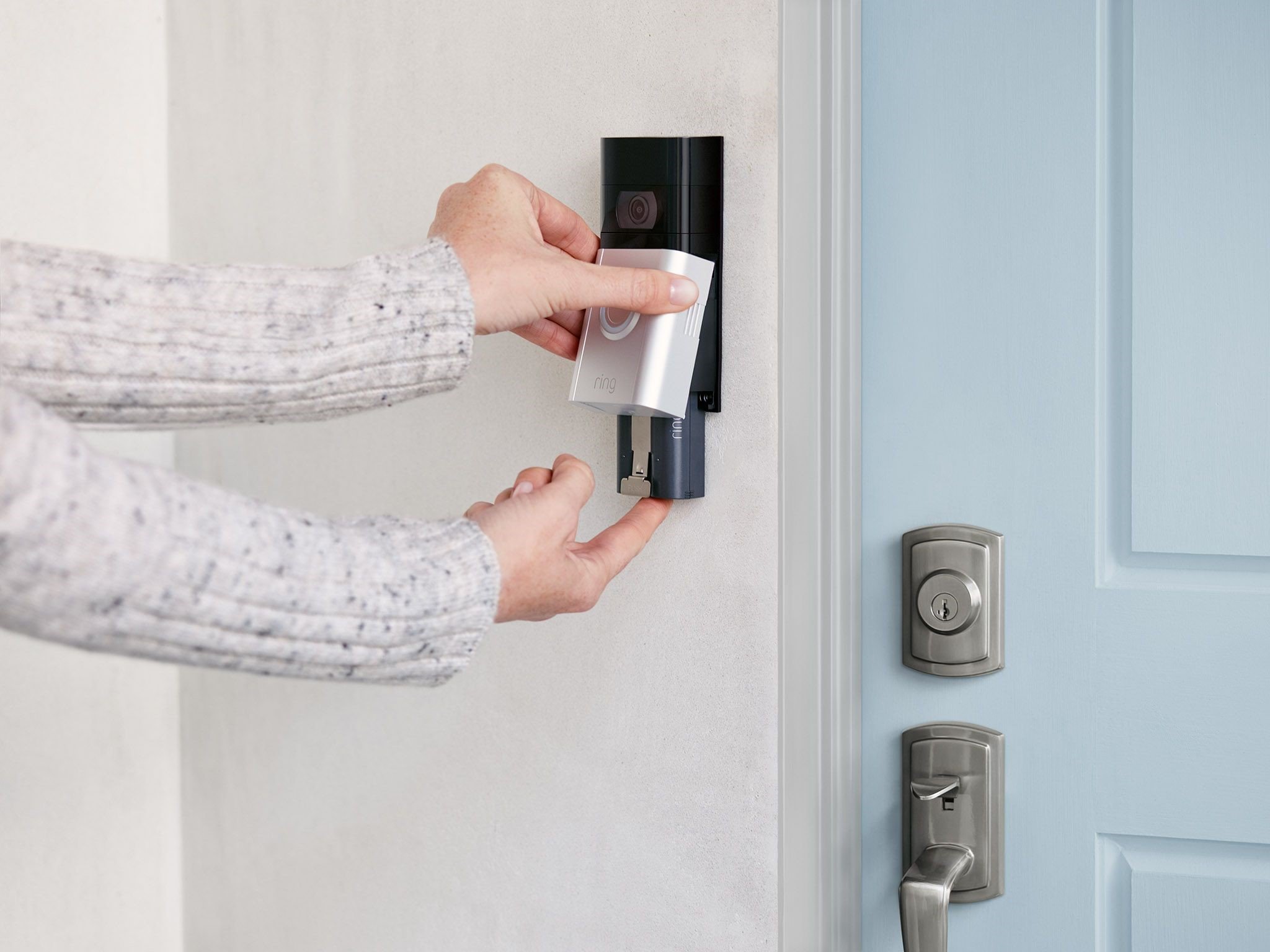
Ring Video Doorbell (2nd Gen)

Ring did something truly amazing. It upgraded its excellent Ring Video Doorbell without upcharging on the price. That makes the Ring Video Doorbell (2nd Gen) the best value connected video doorbell on the market. Higher resolution video, better night vision, higher quality two-way audio, and better motion detection are here, all without a higher price.
Ring Video Doorbell (2nd Gen)
The value choice
Ring Video Doorbell 3
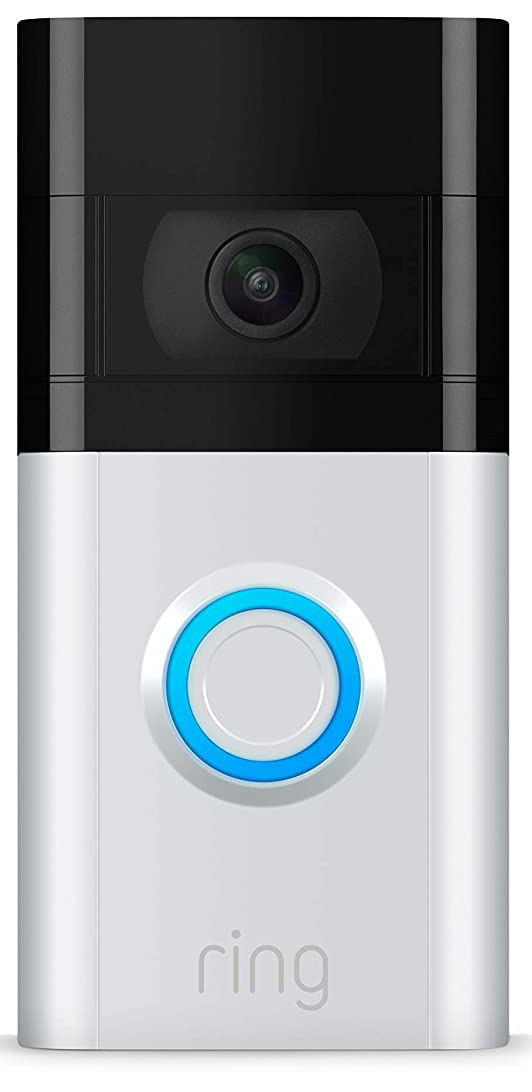
Ring Video Doorbell 3 brought a lot of the features that Ring Video Doorbell Pro owners loved about their doorbell but without the need to hard-wire it. It's got the same great Quick Release battery pack as the Ring Video Doorbell 2, and finally has support for 5GHz wireless networks.
Ring Video Doorbell 3
A more premium product
When Ring launched the newly-minted Ring Video Doorbell (2nd Gen), it surprised many by keeping the same great $99 price of the Ring Video Doorbell (1st Gen) while providing most of the new features from the Ring Video Doorbell 3. The biggest differences between these two products are Wi-Fi speed and convenience options. For $100 more, the Ring Video Doorbell 3 likely doesn't offer enough of an incentive for many people to pay twice the price for what could be considered a fairly negligible difference.
Does higher quality video need faster Wi-Fi?
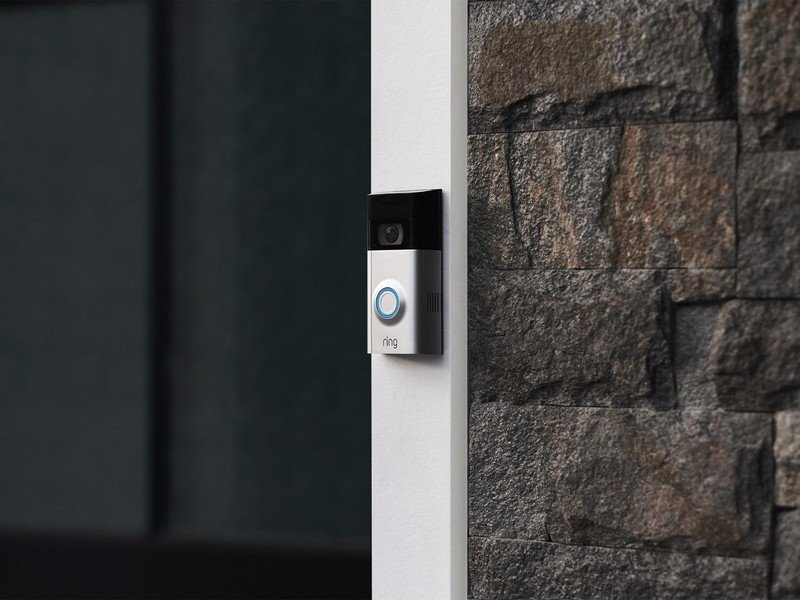
One of the few spec differences between the Ring Video Doorbell (2nd Gen) and the Ring Video Doorbell 3 is the inclusion of dual-band Wi-Fi support on the Ring Video Doorbell 3. The Ring Video Doorbell 3 fully supports modern Wi-Fi networks, which often run 2.4GHz and 5GHz wireless channels in parallel to provide more speed and less interference.
Many wireless devices support 5GHz Wi-Fi, mainly for speed purposes. That's because, while 5GHz signals can't go as far or go through walls as well as their 2.4GHz equivalents, they support much higher rates of data transfer. That's particularly important when a device is trying to stream high-quality video, which, in the case of both of these video doorbells, is 1080p video.
But 5GHz is not always the best solution when it comes to devices that are outside of your home, like a video doorbell. This is particularly important to consider if you own a brick or block house which can more easily block out 5GHz Wi-Fi signals, making this speed advantage of the Ring Video Doorbell 3 a bit of a moot point. It's still a positive trait of the Ring Video Doorbell 3, but it might serve less of a purpose than you might initially imagine.
| Header Cell - Column 0 | Ring Video Doorbell (2nd Gen) | Ring Video Doorbell 3 |
|---|---|---|
| Price | $100 | $200 |
| Power Source | Rechargeable battery, or hardwire | Removable rechargeable battery, or hardwire |
| Video resolution | 1080p | 1080p |
| Field of view | 155 degrees | 160 degrees |
| Dimensions | 4.98 in. x 2.4 in. x 1.10 in. | 5.1 in. x 2.4 in x 1.1 in. |
| Night Vision | Yes | Yes |
| Live view | Yes | Yes |
| Two-way audio | Yes | Yes |
| Connectivity | 2.4GHz Wi-Fi | 2.4GHz and 5GHz Wi-Fi |
| Motion detection | Adjustable motion zones, Advanced object detection, Near Zone | Adjustable motion zones, Advanced object detection, Near Zone |
| Privacy Zones | Yes | Yes |
| Smart Assistant Integration | Amazon Alexa | Amazon Alexa |
Paying for convenience
As a society, we're used to paying for convenience and understanding the trade-offs that often brings. In the case of the Ring Video Doorbell 3, you'll be paying $100 more in to get the ability to switch out rechargeable battery packs. In comparison, the Ring Video Doorbell (2nd Gen) requires you to remove the entire doorbell from the wall mount to recharge the built-in battery.
Get the latest news from Android Central, your trusted companion in the world of Android
While that last part sounds incredibly inconvenient, you'd be hard-pressed to notice much of a difference in actual use unless you purchase additional battery packs for your Ring Video Doorbell 3. That, obviously, comes with an additional cost that's above and beyond the $100 difference between these two products. $30 more, to be exact.
That means, to take advantage of this convenience factor, you'll need to spend $130 more to get a Ring Video Doorbell 3 and an additional battery pack. Otherwise, both doorbells will go out of commission when you need to charge the battery, either because you need to remove the battery or take the entire doorbell off the mounting bracket.
Sometimes, cheaper is better
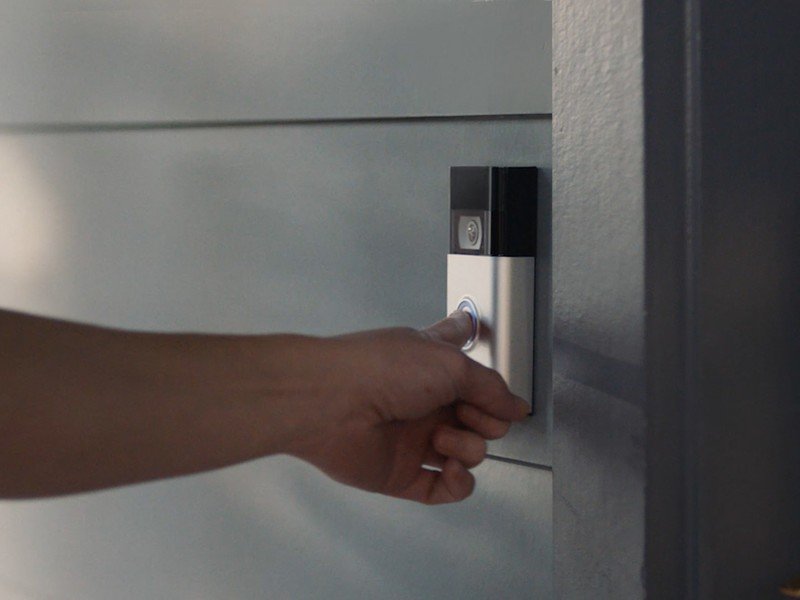
For $100, the Ring Video Doorbell (2nd Gen) is an incredibly affordable way to get an excellent video doorbell without making many real sacrifices. Like the Ring Video Doorbell 3, the Ring Video Doorbell (2nd Gen) features Near Zone detection, which means motion detections will only be triggered when something moves between five and 15 feet away from the camera. That helps avoid unwanted motion detections from passing cars or if a bug flies in front of your camera. If you've ever had a security camera or video doorbell before, you know how often this happens.
Ring also includes plenty of great quality of life features on both of these doorbells, including high-quality 1080p video, better night vision than previous generations, higher quality two-way audio, and advanced motion detection algorithms and customizable detection zones. You can also specify areas to keep private, like a bedroom window, so that the doorbell blocks out those areas of the video. Both doorbells also support battery-powered operation and being hard-wired, eliminating any inconvenience that needing to charge a battery might bring.

More features than you'd expect
Ring did what most companies wouldn't ever dream of: it created a more fully-featured product without increasing the price over the original release. That's what makes the Ring Video Doorbell (2nd Gen) such a great value.

